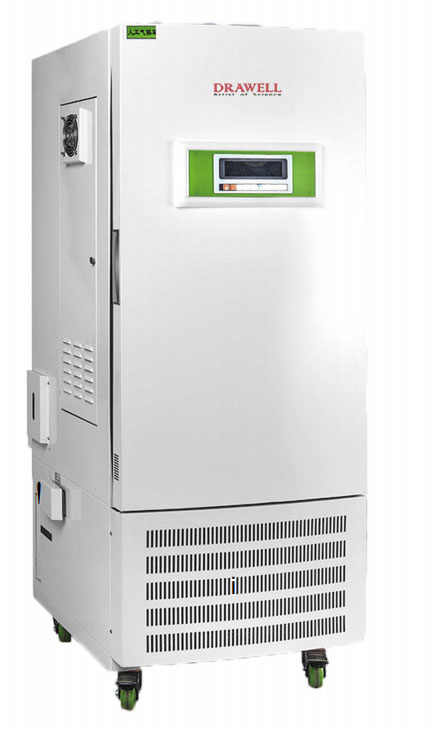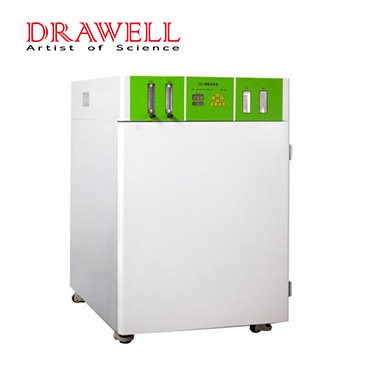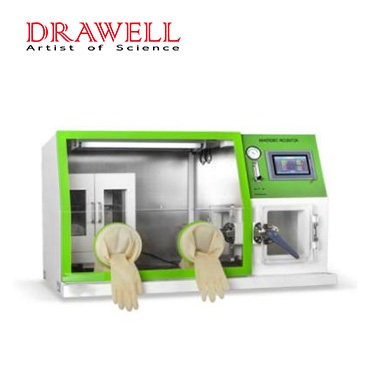Incubators are commonly used laboratory instruments that provide controlled environments for the growth of cells, tissues, microorganisms, and other biological samples. There are several types of incubators available, each designed for specific applications. In this article, we will explore the what are commonly used incubators, their features, and their uses.

Constant Temperature Incubators:
Constant temperature incubators maintain a steady temperature throughout the incubation process. They are widely used in various fields such as plant biology, microbiology, genetics, and medicine. These incubators simulate specific temperature conditions required for the growth and development of cells, tissues, and organisms.
Constant Temperature and Humidity Incubators:
Constant temperature and humidity incubators, as the name suggests, provide precise control over both temperature and humidity. They are commonly used in experiments and research involving sensitive biological samples that require specific humidity levels in addition to temperature control. These incubators find applications in fields like environmental testing, culture testing, and more.
Carbon Dioxide Incubators:
Carbon dioxide (CO2) incubators create an environment similar to that found in living organisms, particularly for cell and tissue culture. They regulate temperature, CO2 levels, and pH to support the growth and viability of cells. CO2 incubators are extensively used in cell biology, tissue engineering, drug screening, and other related research fields.

Anaerobic Incubators:
Anaerobic incubator, also known as anaerobic workstations or anaerobic glove boxes, provide a controlled environment devoid of oxygen for bacterial culture and experimentation. These incubators create strict anaerobic conditions, allowing the cultivation of anaerobic organisms that cannot survive in the presence of oxygen. They are essential tools for anaerobic biological detection and scientific research.

Mold Incubators:
Mold incubators are specifically designed for the cultivation of eukaryotic microorganisms such as molds. They typically maintain room temperature and a specific humidity level to support mold growth on solid substrates. Mold incubators feature refrigeration systems, heating systems, air humidifiers, control circuits, and operation panels to regulate temperature and humidity inside the incubation chamber.
Each type of incubator has distinct features and applications. It is important to select the appropriate incubator based on the specific requirements of the experiment or research being conducted. Additionally, proper use and maintenance of incubators are crucial to ensure accurate and reliable results.
In conclusion, the various types of incubators, including constant temperature, constant temperature and humidity, carbon dioxide, anaerobic, and mold incubators, offer researchers and scientists the ability to create controlled environments to support a wide range of biological studies and experiments. Understanding the differences and capabilities of these incubators will enable users to choose the most suitable option for their specific needs.


